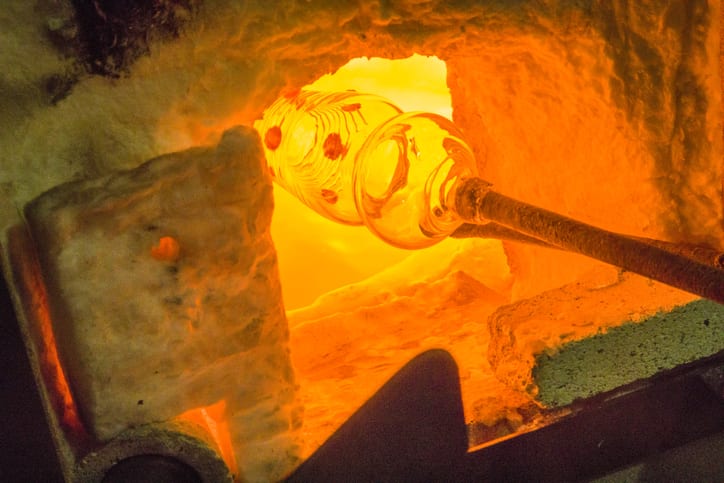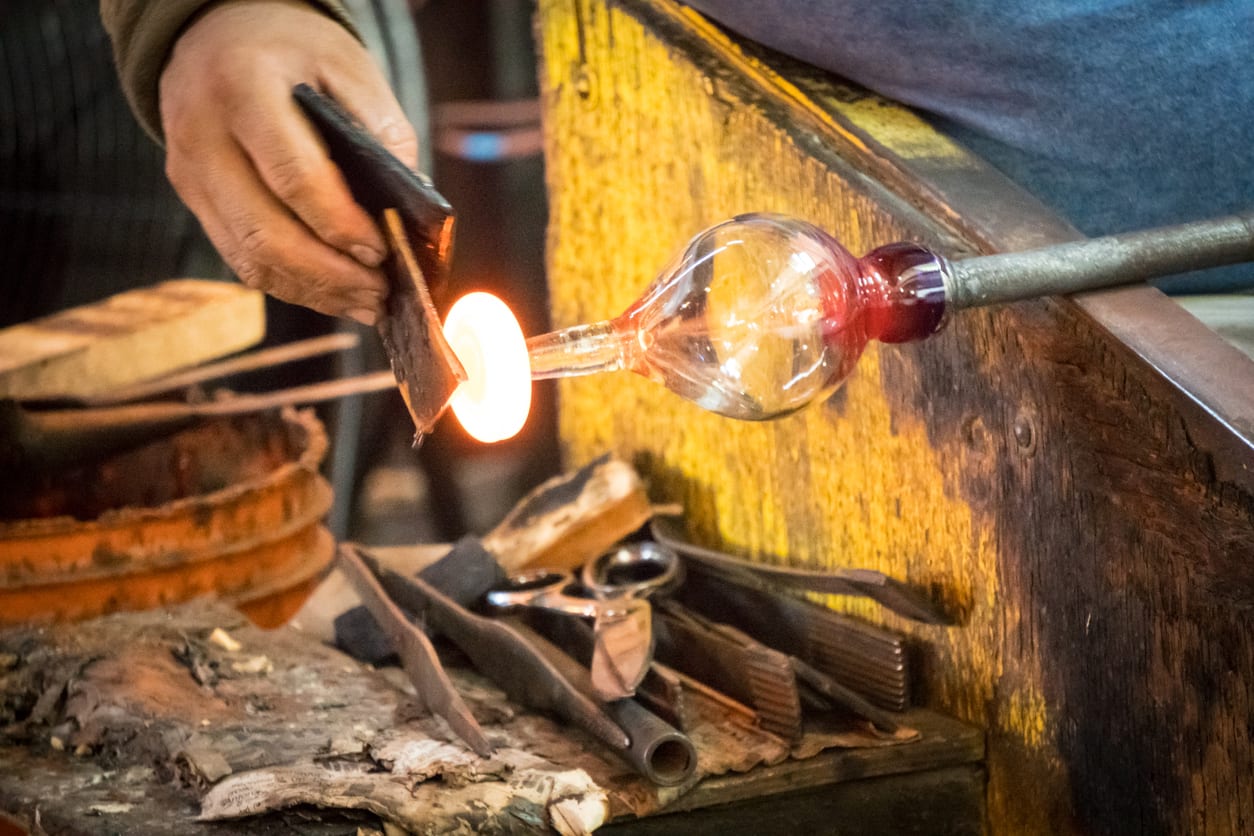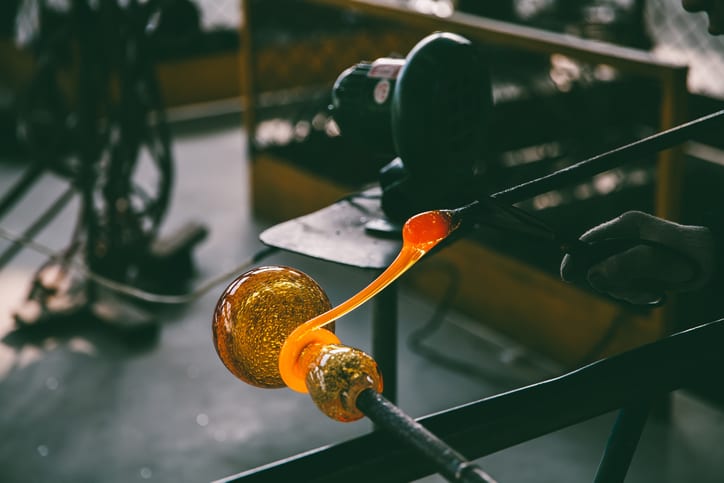Until someone pointed it out to me, I never really considered that the existence of glass is a weird thing. I mean, I enjoy science, and I read about science, but this particular quirk has escaped me for all of these years!
When liquid is cooled, it either crystallizes or hardens into glass. The former is a dramatic switch from the liquid phase, where molecules are disordered and free flowing, into the locked, regular, repeating pattern of the crystal phase (like how water freezes into ice).
Image Credit: iStock
Some liquids, like silica, begins as a molten liquid and when cooled, contracts and crowds closer together until they stop moving. The gradual transition doesn’t reorganize the molecules, and the gradual nature results in glass.
Scientists, though, don’t really understand why the cooling liquid hardens in some scenarios, or why the cold molecules don’t “squish” into new arrangements, confesses Camille Scalliet, a glass theorist at the University of Cambridge.
“Liquid and glass have the same structure, but behave differently.
Understanding that is the main question.”
They have had clues, like the one found by chemist Walter Kauzmann in 1948 when he noticed that the more slowly you cool a liquid, the longer it will cool before it transitions into a denser and more stable glass.
In that scenario, the molecules had longer to shuffle around and find tighter, low-energy arrangements before it fully hardened – and the lowest possible temperature it can stay at before full hardening is now known as the Kauzmann temperature.
Image Credit: iStock
There, the resulting glass has an entropy as low as that of a crystal, creating a paradox – how could glass possess the same order as a crystal?
It can’t, not normally, which implied something special happened at the Kauzmann temperature – something that created an ideal glass structure made of the densest possible packing of molecules.
Mark Ediger, a chemical physicist at the University of Wisconsin Madison, says that’s why “people thought there should be an ideal glass.”
Despite experiments through the years by scientists and glassmakers alike, no way has been found to form ideal glass by cooling a liquid. The cooling process would have to be perhaps infinitely slow, it was surmised, to keep the glass from hardening before it his the Kauzmann temperature.
Then, in 2007, Ediger developed a new method of glassmaking.
“We figured out there was another way to make glasses that are high density and close to the ideal-glass state by a completely different route.”
That route involved creating “ultra-stable glasses” that exist in a state somewhere between ordinary and ideal using a method called vapor deposition.
It required dropping molecules one by one onto a surface (kind of like playing Tetris), which allowed each one to settle into a snug space before dropping the next one. The glass that resulted was denser, more stable, and lower in entropy than any that had been created before, Ediger said.
“These materials have the properties that you would expect if you took a liquid and cooled it over the course of a million years.”
Several years after Ediger figured out how to make this ultra-stable glass, a group at Berkeley, and another in Madrid, set out to study whether it might depart from that universal heat capacity near absolute zero.
Image Credit: iStock
The two groups probed the low-temperature properties of the ultra-stable silicon and ultra-stable indomethacin and found that both had lower heat capacity than the typical near absolute zero – their configurations are especially snug.
Their theory is that there’s a “tunnel” or a “two-level system” that allows atoms to move between alternative configurations, passing through obstacles and occupying both levels at once. Since the ultra-stable glass has such a low heat capacity that results in fewer of these “tunnels,” then it would seem that ideal glass would have none at all, explained David Reichman, a theorist at Columbia University.
“It’s just perfectly, somehow, positioned where all the atoms are disordered – it doesn’t have a crystal structure – but there’s nothing moving at all.”
They believe, then, that when liquid becomes a glass it’s actually attempting to transition into “ideal” glass and a fundamental pull toward long-range order, but the increased viscosity prevents them from ever truly getting there.
Scientists were recently able to test these ideas through simulations, speeding up the process by a factor of 1 trillion and swapping particles to find the best possible fit.
Image Credit: iStock
They published their results in Physical Review Letters and reported that the more stable the simulated glass, the fewer two-level systems it has – just like they suspected.
There are still more experiments to do on substances like amber, which doesn’t fit this mold or these findings, but also exists outside of a laboratory setting.
For now, glass specialists and physicists all over the world are excited to be one step closer to understanding how class is made, how it exists, and how we can make it better.
The post Physicists Are Getting Closer to Understanding Why Glass Exists appeared first on UberFacts.




